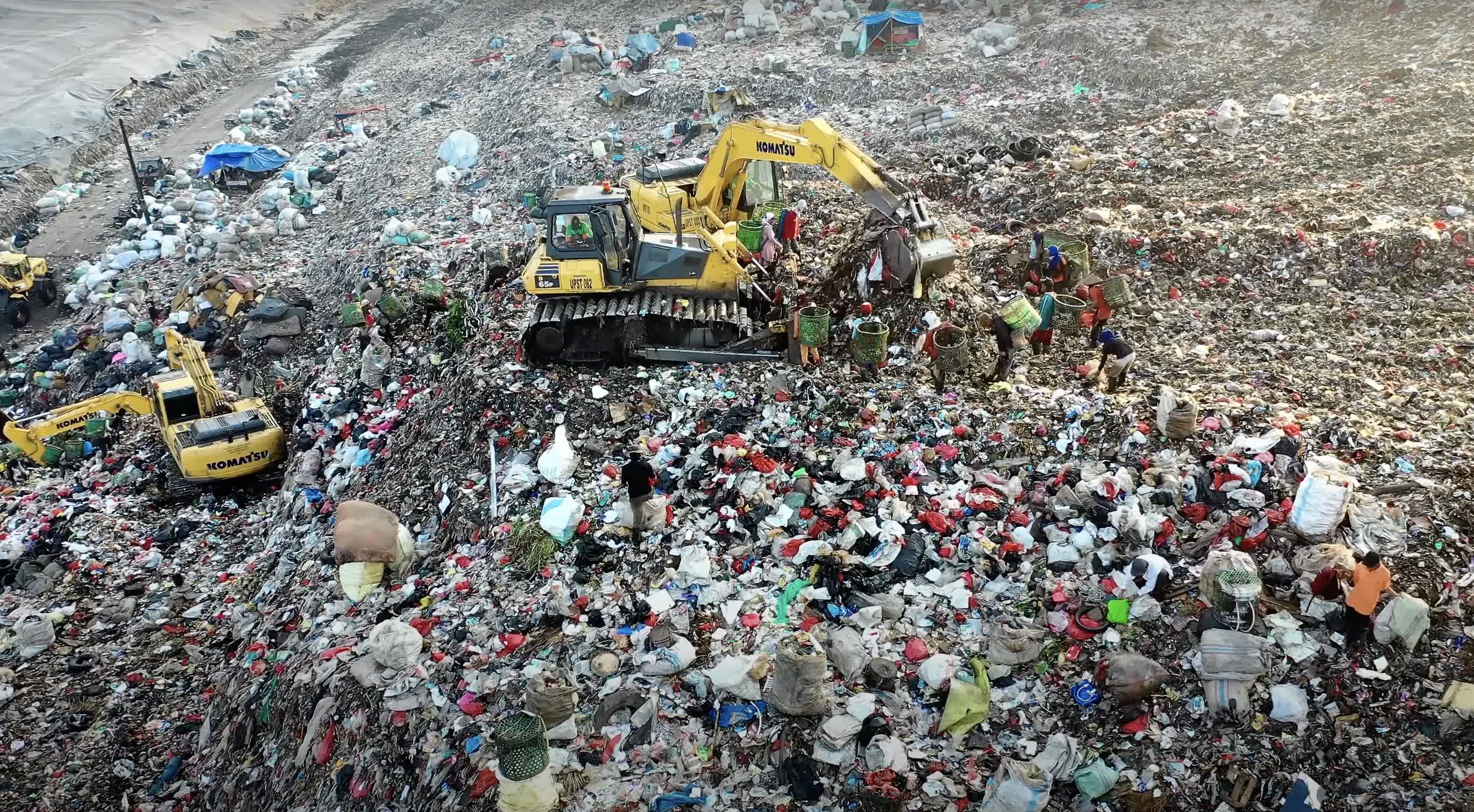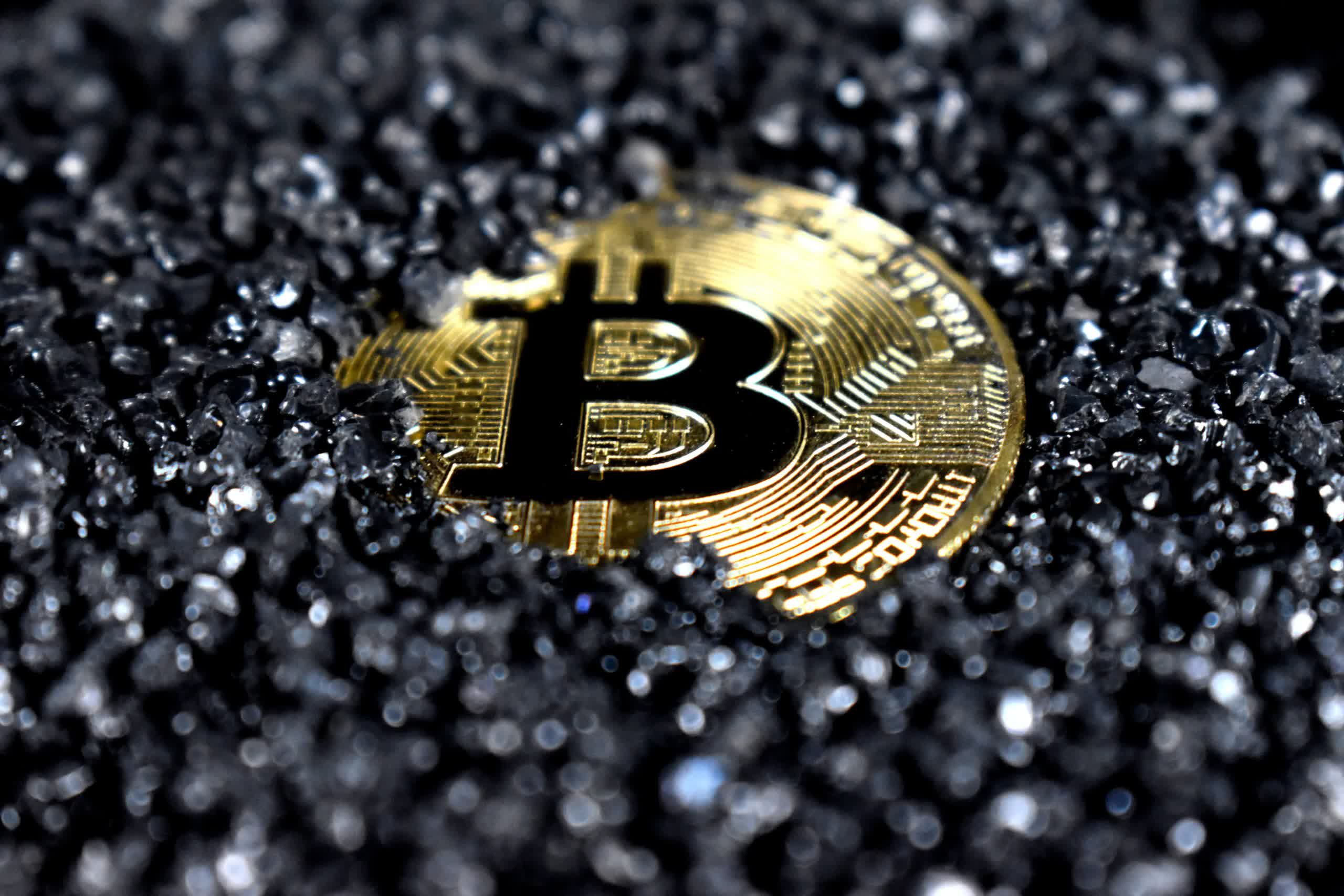In context: For years, a British computer engineer who essentially threw away the key to his cryptocurrency vault has been trying to excavate the device on which it is stored from a local landfill. This year, he came up with the boldest project yet, but the chances of it getting approved by authorities are slim to none.
Back in 2013, James Howells's life changed when he threw out a hard drive that may just be the most valuable in the world. Before doing so, Howells had two 2.5-inch hard drives stored in a drawer, one of which he intended to get rid of, and another that had a digital wallet with some 7,500 Bitcoin on it. Even as Bitcoin has fallen significantly from its peak value of nearly $67,000, the wallet still holds the equivalent of almost $185 million in digital tokens.
After accidentally throwing the wrong drive in the trash, the British computer engineer asked Newport's city council to allow him to dig for it in a landfill. However, his requests were repeatedly denied, even when he offered to pay the local government a quarter of the cryptocurrency holdings in that wallet. It turns out his "treasure hunt" is considered dangerous for the environment in all of the forms presented over the last nine years.

That said, he isn't giving up just yet. Howells hopes to persuade local authorities to let him find the valuable hard drive with a new proposal that is backed by a hedge fund. Finding such a small device in over 100,000 tons of garbage would be a monumental task, but the engineer believes using artificial intelligence and automation can help sort more quickly through all the waste.
Howells has two versions of this new plan. The first would involve sorting through all 100,000 tons for three years using a combination of human sorters, robotic "Spot" dogs from Boston Dynamics, and a special conveyor belt with automated sorting systems --- all of which would cost no less than $11 million and take nine to twelve months to complete. He also envisions a scaled-down version of this operation that would only cost $6 million and take up to 18 months.
Both plans would involve a team of experts in various areas such as landfill excavation, waste management, and data extraction. Howells even sought the help of an advisor who worked for OnTrack --- a company that successfully recovered 99 percent of the data from the black box of the crashed Columbia space shuttle.
After excavating the garbage, Howells plans to clean and recycle as much of it as possible, while the rest would be reburied. His team is even exploring the feasibility of building a solar or wind power plant on top of the landfill site. The idea is to have as little impact on the environment as possible, but whether or not this will finally convince authorities to greenlight the operation remains to be seen.
Howells is even prepared to offer more incentives, such as using part of the funds to give £50 (~$61) to every one of Newport's 150,000 residents if the operation is successful. For now, however, all he can do is wait for an official response and hope it will be favorable.
Masthead credit: Kanchanara
